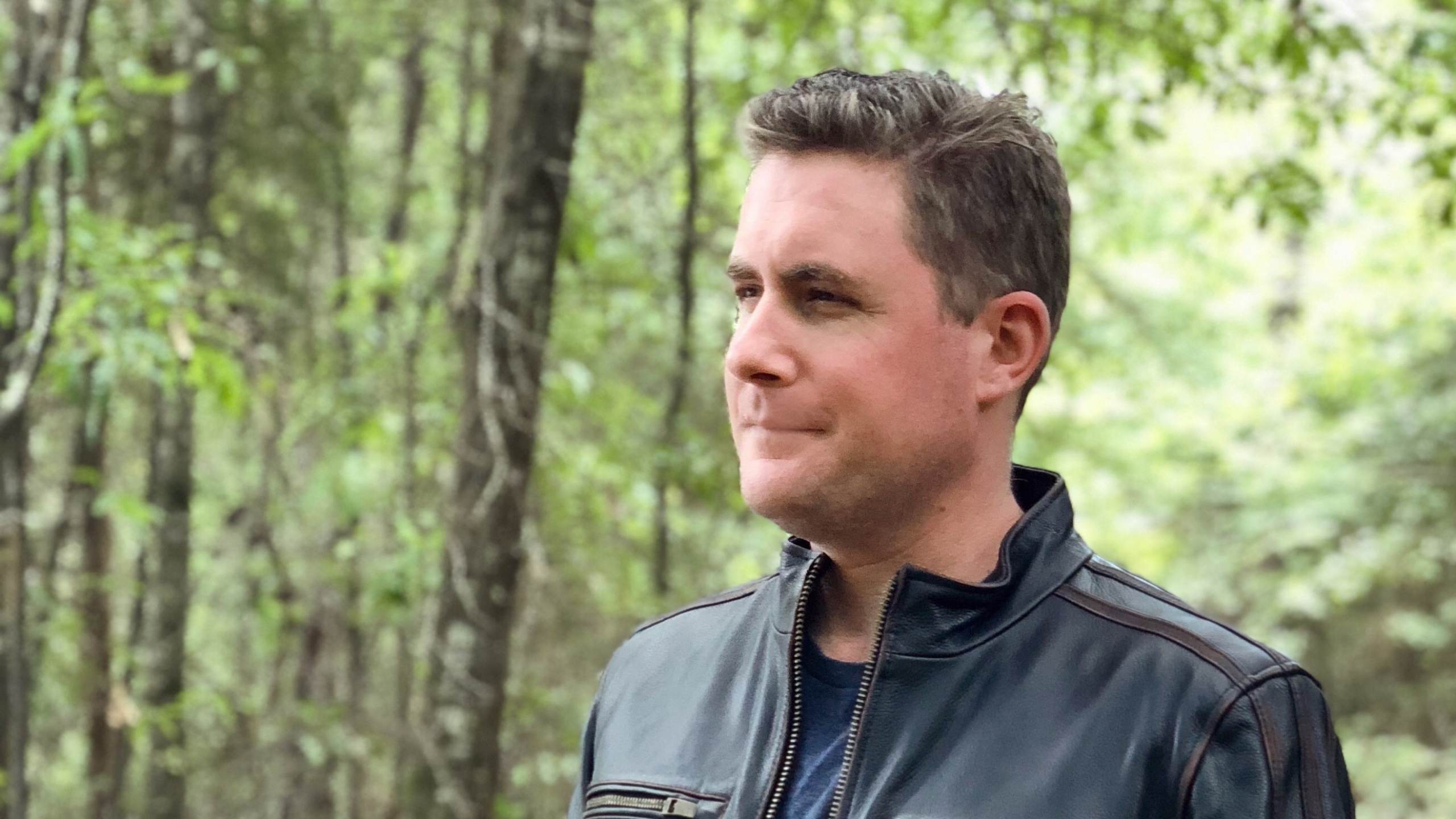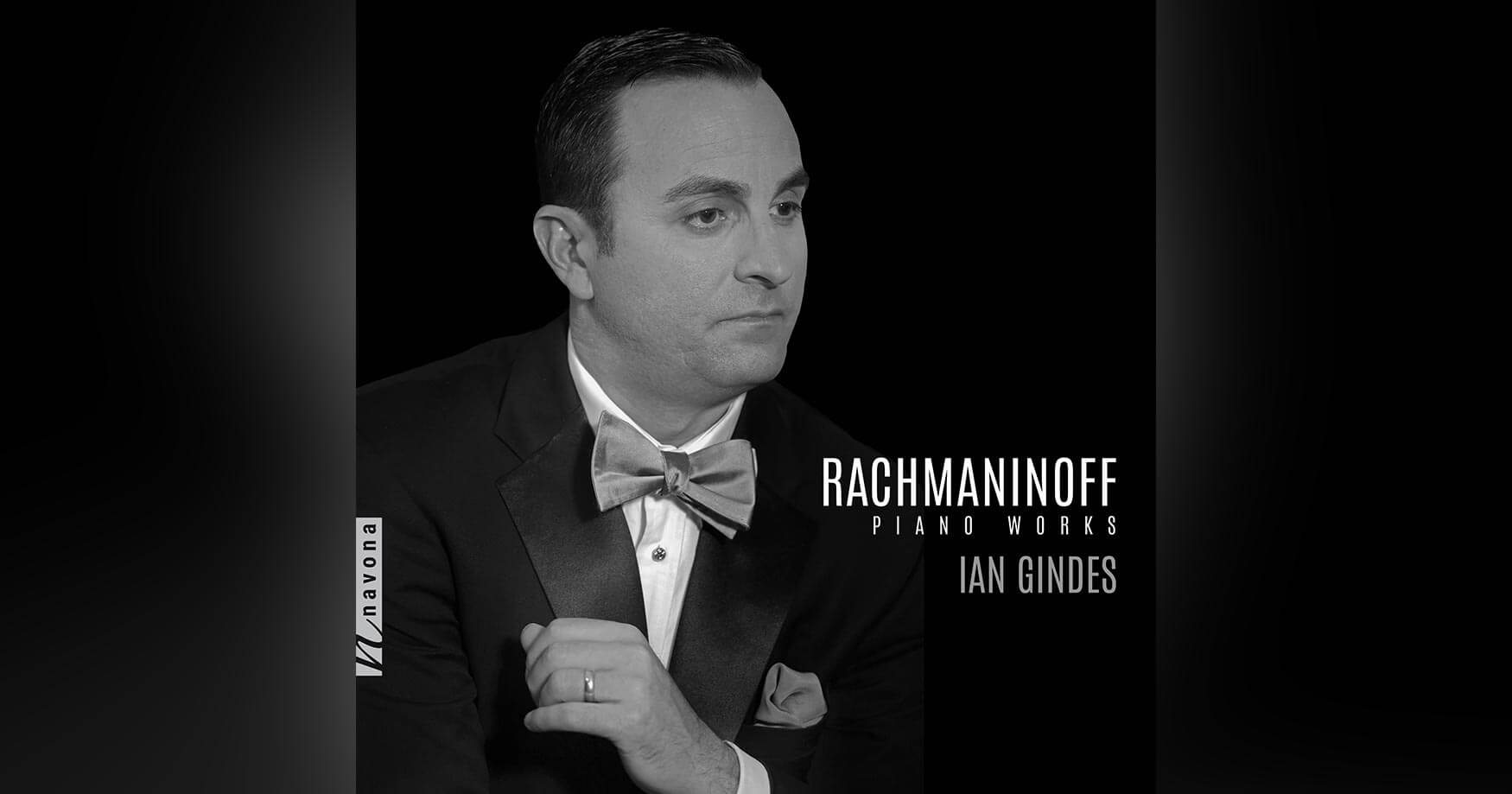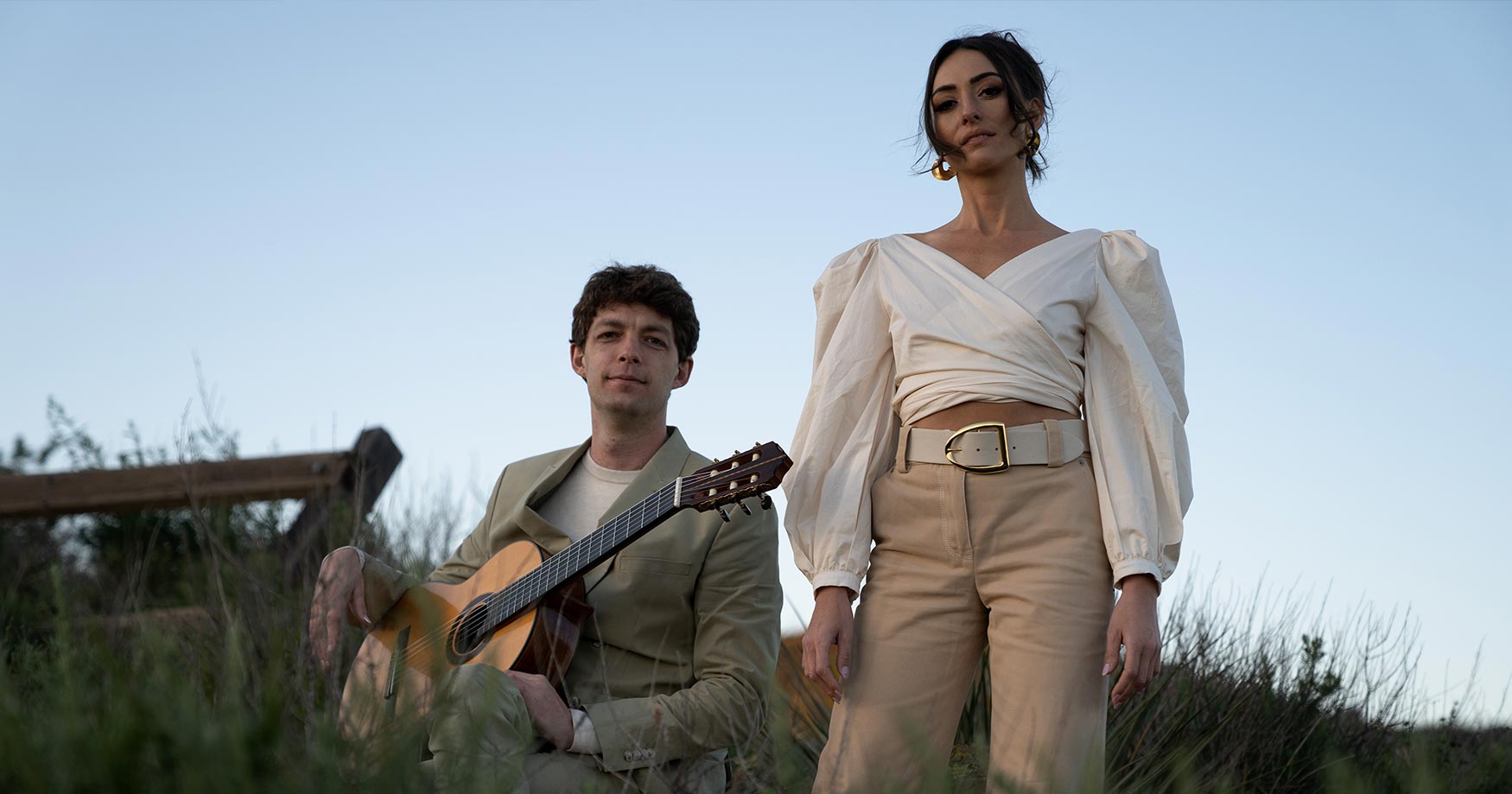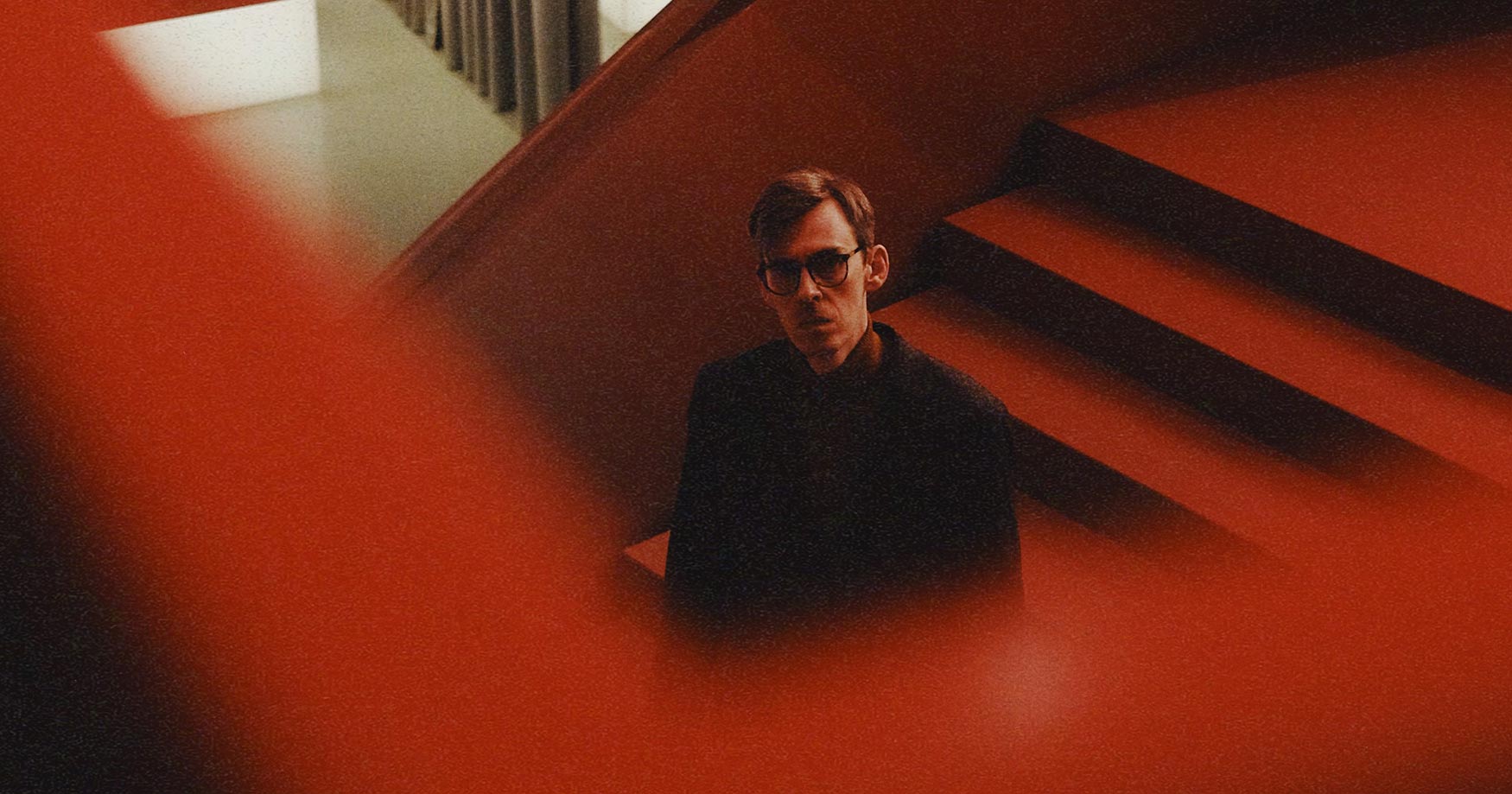Saxophonist Dave Camwell’s interpretations of music from Baroque to contemporary periods on SECOND WIND demonstrate the capabilities of the instrument in music spanning three centuries. Camwell’s album features his saxophone arrangements for Classical works from Bach, Handel, and Vivaldi, as well as great works of the 20th and 21st centuries including those from Robert Muczynski and Charles Koechlin.
Dave is a distinguished, versatile, and dynamic performer, and serves as the Director of Jazz Studies and Associate Professor of Music at Troy University in Alabama. Dave has been a Yamaha Performing Artist since 2004, a D’Addario Performing Artist since 2009, a Beechler Artist since 2003, and has over 30 publications available through Jeanne, Dorn, and UNC Jazz Press. An active performer and clinician, Dave has been a guest artist at over 40 universities throughout North America.
Today, he is our featured artist in “The Inside Story,” a blog series exploring the inner workings and personalities of our artists. Read on to discover what this album means to this musician…
Who was your favorite artists growing up?
My first favorite artist that I remember clearly was David Foster, who was in charge of the opening and closing music for the 1988 Calgary Olympic Games. I played along with that music, as well as his “St. Elmo’s Fire” soundtrack a lot when I was 13-14. I also really enjoyed Nigel Kennedy (beginning with his famous Vivaldi Four Seasons recording) as well as jazz saxophonists like Michael Brecker, Gerald Albright and David Sanborn. In high school, I became very taken with the works of Beethoven, (especially the violin and piano concertos, Choral Fantasy, and symphonies) Mozart, and Paganini. As a performer in my high school and early college years, I played a lot of pop, rock and jazz music, so was influenced by groups such as Earth, Wind and Fire, Tower of Power, Maceo Parker, in addition to classical jazz and newer groups such as Pat Metheny Group and Michel Camilo. I had a constant intake of excellent classical, jazz, and pop music (Sting was a particular favorite) and was always regularly listening to great performances and recordings.
What was your most unusual performance?
During my grad school summers, I worked on cruise ships as a show band musician. My first contract was on a vessel that had been Ship of the Year in 1977, but was seriously outdated compared to the giant extravagant ships of today. While travelling from Mexico to Hawaii, at about 10PM one night, the engines all failed! The passengers were quite alarmed about free-floating in the ocean so the musicians were instructed to play some music outside while the engineers frantically tried to get the ship moving again. The set lasted for about 3 hours and most of the passengers came to the outside decks to see what was going on, and to enjoy the open bar that the cruise line had immediately provided. Playing jazz standards under the stars to concerned passengers while waiting for the engines to return was certainly a memorable experience. The water was fairly calm, but there would have been real danger if a storm had been near us. We limped to Honolulu on just one of four engines.
If you could make a living at any job in the world, what would that job be?
I love my current job and feel very lucky to be a university professor and performer. However, if I had a magic wand and could choose anything, I would be an NHL hockey player or Formula 1 race car driver. Both of those sports are personal passions which would be demanding and fun careers. From a musical perspective, I would love to tour the world with a large pop act, performing for thousands of people with high production values. Being a part of the Britney Spears musical production would certainly be a guilty pleasure.
What was your favorite musical moment on the album?
It’s difficult to choose one favorite, as all of the tracks are the product of hard musical and logistical work. I have a lasting emotional investment in the whole album. However, I very much enjoy the opening section of the first movement of the Concerto after Mendelssohn by David Canfield. I think it’s so aurally evocative, and brilliantly uses the musical language of Mendelssohn in a familiar, yet new, way. Also, having grown up in Calgary, it was a real joy to work with Alberta Winds; to return home to record and perform this great piece after almost twenty years away was indeed very special to me.
What does this album mean to you personally?
I feel that SECOND WIND was created in the prime of my creative and professional life, and as such, is representative of the finest aspects of my playing and musical preparation so far. It is also the most logistically ambitious, given the many different players, ensembles and recording locations; that was in many ways the best part of this project. I really enjoyed the collaborative process and how it unfolded over the roughly 18 months that it took to complete SECOND WIND.
Is there a specific feeling that you would like communicated to audiences in this work?
My hope is that people agree with me about the incredible versatility of the saxophone. When played well, the instrument can sound fantastic in such a wide variety of styles and genres. I have enjoyed so many different styles of music in my career, and am pleased to play an instrument that allows me to sound musically genuine in music of the 17th century through to the present day. The music that impacted me as a young teenager was vibrant, joyful, meaningful and fun; I hope anyone listening to SECOND WIND hears that in my playing.

SECOND WIND is now available for streaming or purchase through Navona Records. Click here to explore this new album.



